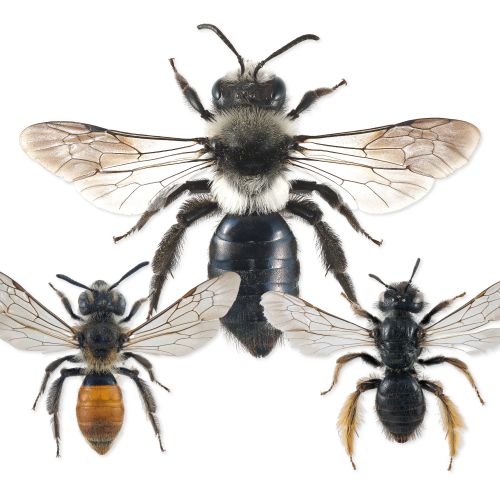Arter
Artsmangfoldet i Norge er stort og sammensatt – fra mikroskopiske organismer til store pattedyr. Her finner du en oversikt over artsgrupper fra alle riker, og artshåndbøker utarbeidet av eksperter for deg som vil lære mer om hver enkelt art.
Riker
Artshåndbøker
I samarbeid med eksperter på ulike artsgrupper har Artsdatabanken utviklet en omfattende digital samling av artshåndbøker som gjør det mulig å lære seg å identifisere arter.






